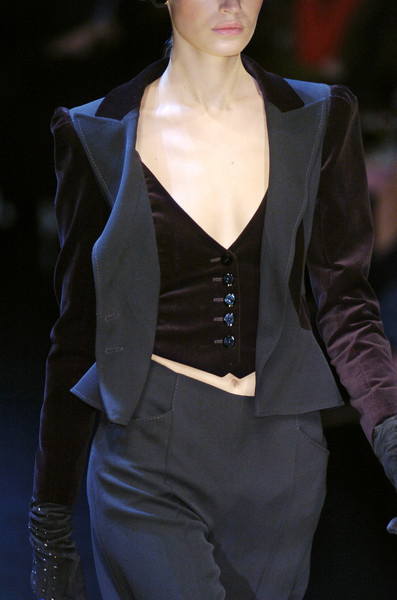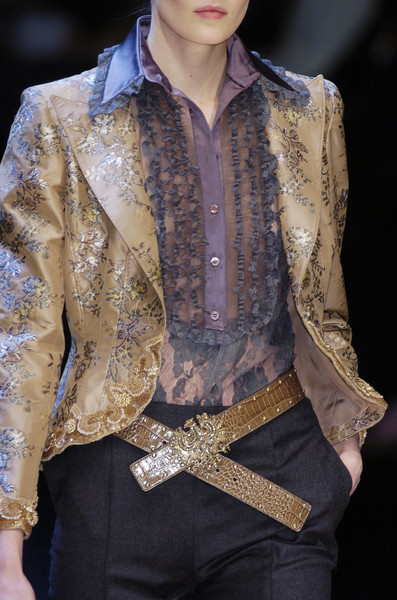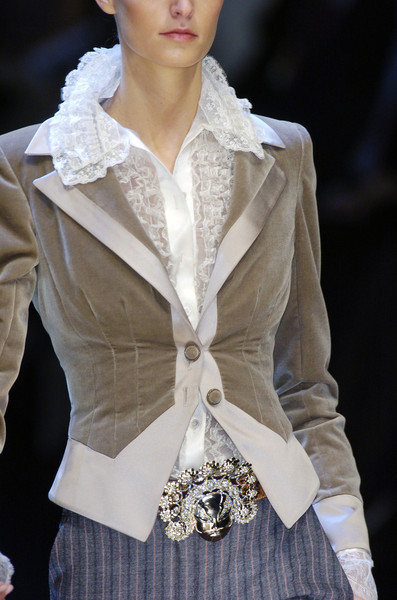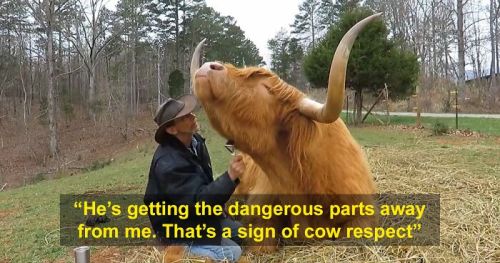[Image ID: A Picture Of A Bee And A Wasp, Both Labeled. Both Are Colored Yellow And Black. Facts Are

[Image ID: A picture of a bee and a wasp, both labeled. Both are colored yellow and black. Facts are listed about each one in their respective columns.
Bee:
Cute and fuzzy, like a friend
Make honey
Come in pretty colors with different occupations (blue orchard bee, carpenter bee)
Pollinators!
Freeloaders who will come build hives in the walls of your house
Communicate with dancing
According to all known laws of aviatin, honey bees can fly up to 15 mph
Like sweet things
Over 20,000 species--not just honeybees!
Wasp:
Cool and sleek, like a motorcycle
Prey on pests
Come in pretty, iridescent colors (ruby tailed wasp)
Will try to mooch off your drinks (so check your cans!)
Pollinators!
Leave you paper nests that you can sell to collectors
Communicate with smells
Like sweet things
Over 30,000 species--not just [kind I hate]
At the very bottom, in smaller text, is the URL bug-maniac.tumblr.com. /End ID]
NO ANTI-WASP SENTIMENTS ON THIS POST
More Posts from Goblin-in-the-rain and Others
Source
Top Tips for Clues, Red Herrings, and Breadcrumbs
One of the most important parts of writing MYSTERY is figuring out what to do with clues and red herrings - and how to use them effectively. Here’s some advice that’s never steered me wrong:
Hide the real clue before the false ones! Most people, so by extent your readers and your sleuth, tend to focus on the last piece of information presented to them. A good strategy is to mention/show your real clue and then quickly shift focus.
Do a clue cluster! Squeeze your real clue in among a whole pile of red herrings or other clues, effectively hiding it in plain sight. This works especially well with multiple suspect mysteries.
Struggling to think of what a clue could be? Try this list:
Physical objects: Letters, notes, tickets, emails, keepsakes, text messages, diaries, etc.
Dialogue: voicemail recordings, overheard conversations, hearsay, gossip, rumours. All of these can hold grains of truth!
Red herrings distract and confound your protagonist and your reader, so you should be careful not to overuse them. Well balanced, red herrings should lead your characters down false paths to create confusion, tension, and suspense.
Contradictions! Have characters claim they did so-and-so at such-and-such a time, but other characters have evidence that contradicts this.
Balance! Avoid a clue that’s so obvious it’s like a neon sign saying “Look at me, I’m a clue!” but don’t make it so obscure it’ll be missed entirely. A good clue should leave a reader saying “Damn, I should have noticed that”




Valentino at Paris Fashion Week Fall 2005
Development 🐉

![Bilateral Gynandromorph Carpenter Bee [x]](https://64.media.tumblr.com/a6394b4af38a2ad62fa4405f80e485c2/185eb66117b083a5-9a/s500x750/ca5485282ef8c4864ba980ba284a864dd575563b.jpg)
Bilateral gynandromorph carpenter bee [x]
artist tips
don’t save as jpeg




big stretch
-
 gaybugsdoart liked this · 1 month ago
gaybugsdoart liked this · 1 month ago -
 le-blanc-et-la-noire liked this · 1 month ago
le-blanc-et-la-noire liked this · 1 month ago -
 queen0funova liked this · 2 months ago
queen0funova liked this · 2 months ago -
 whatacartouchebag liked this · 2 months ago
whatacartouchebag liked this · 2 months ago -
 wintyrknight liked this · 2 months ago
wintyrknight liked this · 2 months ago -
 theshadowwithglasses16 reblogged this · 2 months ago
theshadowwithglasses16 reblogged this · 2 months ago -
 opalmxthyst reblogged this · 2 months ago
opalmxthyst reblogged this · 2 months ago -
 industerrieral reblogged this · 2 months ago
industerrieral reblogged this · 2 months ago -
 industerrieral liked this · 2 months ago
industerrieral liked this · 2 months ago -
 boredomandstrawberries reblogged this · 2 months ago
boredomandstrawberries reblogged this · 2 months ago -
 annasinthewalls reblogged this · 2 months ago
annasinthewalls reblogged this · 2 months ago -
 fantasydragon14 reblogged this · 2 months ago
fantasydragon14 reblogged this · 2 months ago -
 anarcomoth liked this · 2 months ago
anarcomoth liked this · 2 months ago -
 thesoftestbloom reblogged this · 2 months ago
thesoftestbloom reblogged this · 2 months ago -
 thesoftestbloom liked this · 2 months ago
thesoftestbloom liked this · 2 months ago -
 questionablysourcedstardust liked this · 2 months ago
questionablysourcedstardust liked this · 2 months ago -
 birchghost reblogged this · 2 months ago
birchghost reblogged this · 2 months ago -
 violetcacti liked this · 2 months ago
violetcacti liked this · 2 months ago -
 5nakeb4it liked this · 2 months ago
5nakeb4it liked this · 2 months ago -
 striking-mouse liked this · 2 months ago
striking-mouse liked this · 2 months ago -
 striking-mouse reblogged this · 2 months ago
striking-mouse reblogged this · 2 months ago -
 feral-opossum101 liked this · 2 months ago
feral-opossum101 liked this · 2 months ago -
 zecthans liked this · 2 months ago
zecthans liked this · 2 months ago -
 herrefulgentdemon reblogged this · 2 months ago
herrefulgentdemon reblogged this · 2 months ago -
 herdarkangel liked this · 2 months ago
herdarkangel liked this · 2 months ago -
 queen-of-the-sphinxes liked this · 2 months ago
queen-of-the-sphinxes liked this · 2 months ago -
 gilamonster-migraine liked this · 2 months ago
gilamonster-migraine liked this · 2 months ago -
 teiflings liked this · 2 months ago
teiflings liked this · 2 months ago -
 ralofofriverwoods reblogged this · 2 months ago
ralofofriverwoods reblogged this · 2 months ago -
 ralofofriverwoods liked this · 2 months ago
ralofofriverwoods liked this · 2 months ago -
 beg457 reblogged this · 2 months ago
beg457 reblogged this · 2 months ago -
 samfparker reblogged this · 2 months ago
samfparker reblogged this · 2 months ago -
 jadedwander liked this · 2 months ago
jadedwander liked this · 2 months ago -
 moved-to-homestrunner liked this · 2 months ago
moved-to-homestrunner liked this · 2 months ago -
 omishu reblogged this · 2 months ago
omishu reblogged this · 2 months ago -
 omishu liked this · 2 months ago
omishu liked this · 2 months ago -
 mrs-bingley reblogged this · 2 months ago
mrs-bingley reblogged this · 2 months ago -
 d1scblu3 liked this · 2 months ago
d1scblu3 liked this · 2 months ago -
 gougars-gointed reblogged this · 2 months ago
gougars-gointed reblogged this · 2 months ago -
 gougars-gointed liked this · 2 months ago
gougars-gointed liked this · 2 months ago -
 flowgninthgil reblogged this · 2 months ago
flowgninthgil reblogged this · 2 months ago -
 brainworms-all-night-long-2-0 reblogged this · 2 months ago
brainworms-all-night-long-2-0 reblogged this · 2 months ago -
 neils-pen-to-paper liked this · 2 months ago
neils-pen-to-paper liked this · 2 months ago -
 m00n-sh reblogged this · 2 months ago
m00n-sh reblogged this · 2 months ago -
 m00n-sh liked this · 2 months ago
m00n-sh liked this · 2 months ago -
 trains-explosions reblogged this · 2 months ago
trains-explosions reblogged this · 2 months ago -
 ineffable-nova liked this · 2 months ago
ineffable-nova liked this · 2 months ago -
 virusstarlight liked this · 2 months ago
virusstarlight liked this · 2 months ago -
 mysterioushoodedfigure reblogged this · 2 months ago
mysterioushoodedfigure reblogged this · 2 months ago

Hi it’s me puddleorganism if you’re confused why you got a billion hoops from me
298 posts




